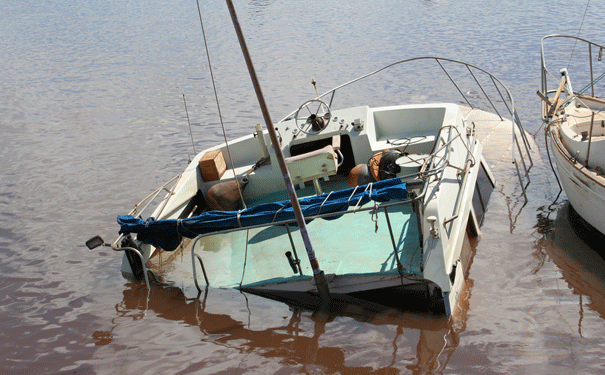
The tsunami caused damage in Maalea Harbor on Maui, Hawaii. Image: Shutterstock
The location and strength of the earthquake that struck Japan on March 11 determined the power of the tsunami.
Tsunamis are generated by earthquakes that occur beneath the seafloor or by submarine landslides, which can cause movement of the oceanic crust and displace large amounts of water. And all of that water has to go somewhere.
So what are some of the factors behind the size and power of a tsunami? Dr Tom Baldock from the NASA’s University of Queensland says the depth of an earthquake below the sea floor is very important in determining the resulting movement of the oceanic crust.
Earthquakes occurring at shallow depths beneath the sea floor are more likely to produce a large vertical displacement of the oceanic crust, which will move the water and generate the tsunami. The velocity of the deformation sea floor also plays an important role in the tsunami’s strength. “This earthquake was at a depth of about 28km, which is sufficiently shallow to generate large sea floor deformation for this magnitude of earthquake.”
The earthquake on March 11 was originally ranked as a 8.9 on the Richter scale, but the US Geological Survey (USGS) has since upgraded this to a 9.0. This makes the earthquake the fourth largest in the world since 1900 and the largest in Japan since modern instrumental recordings started 130 years ago.
Dr Baldock says the size of the quake would also have affected the tsunami.” The larger the magnitude, the greater the chance of a large tsunami.”
Water depth does not play an important role in the size of the initial wave, but there is a lot of energy behind them. So the closer the quake to the shore, the less time there is for the energy to spread out before the wave hits the coast.
According to Dr Baldock “the inundation is likely to be larger than if the tsunami source was further away. The biggest danger with an event close to the coast is that the propagation time from source to the coast is small, reducing the warning time and the time available to evacuate.”






